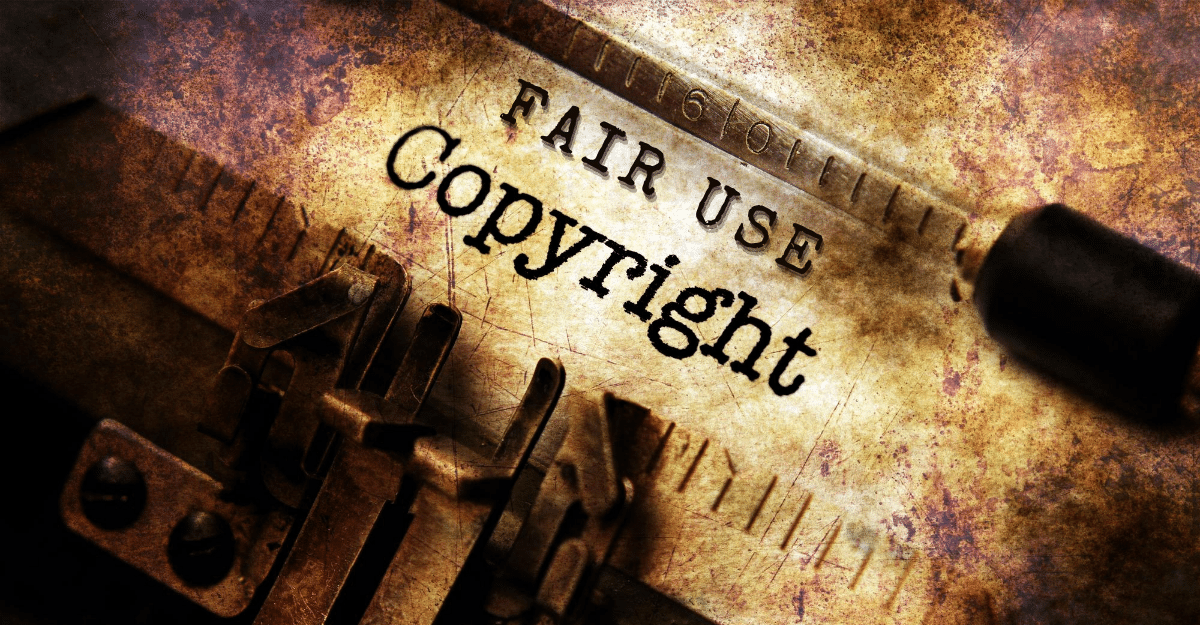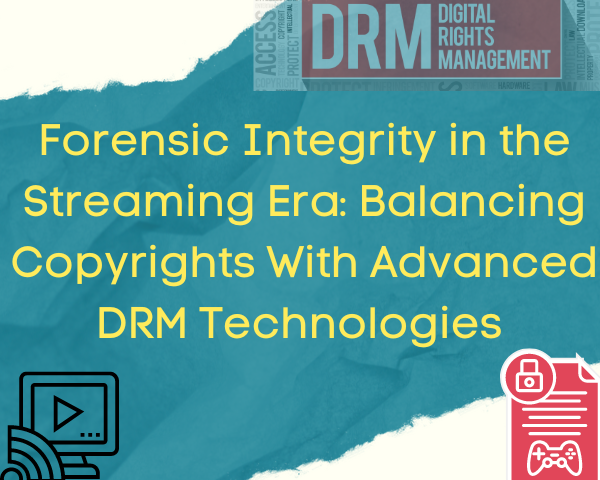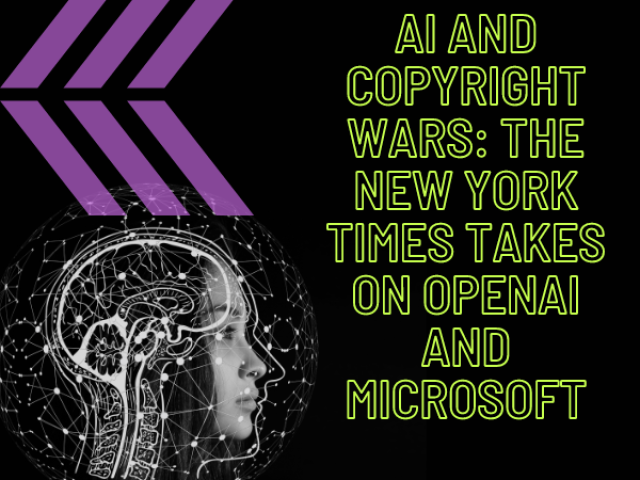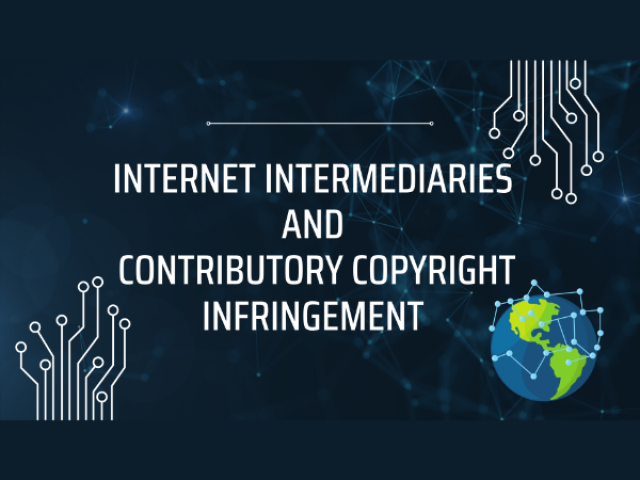Fair Use of Copyright in India
Copyright constitutes an essential element in the development process of a country. The preservation of the national cultural heritage depends directly on the level of protection given to literary, dramatic, musical, and artistic plays, & film, and sound recordings. The higher the scale, the greater the encouragement for authors to create; the higher the number of a country’s intellectual creations, the higher its renown. Today, copyright law not only preserves the interests of the copyright owner but also deals with the subject matter of public interest.
Copyrights are proprietary rights where unauthorized use leads to infringement. It establishes exclusive rights, thereby depriving society of new inventions because they are under the sole control of copyright owners. It is in this sense that there exists a doctrine of fair use to test the monopoly of copyright owners. The doctrine of fair use is a valid and well-accepted defense for copyright infringements.
DOCTRINE OF FAIR USE
The term “fair use” originated in the United States. The court founded the doctrine “Fairness Abridgement” in the famous case of Gyles v Wilcox, which eventually evolved into a modern concept of “fair use” in the United States.
In general, any unauthorized use of copyright in work constitutes copyright infringement in that work. However, for specific limited purposes, such non-authorized uses of copyright work are allowed by law and do not constitute an infringement of that work. The basis of law for this unauthorized use is the reproduction of some portion of the copyrighted work for purposes such as research, private study, criticism, news reporting, teaching, review, etc. Such unauthorized use is termed “Fair use.” Thus, fair use is a doctrine that allows some copying of a copyrighted work without deeming the copier an infringer, even though the copyright holder has not authorized the reproduction. The fine line between infringement and the fair use of copyrighted material is also a contentious issue.
The term fair use has nowhere been defined. The courts find it difficult to lay down precise standards. The doctrine of fair use arises from the famous 1841 case Folsom v. Marsh [9 F Cas 342 (1841)], where it was observed that :
“……we must often, in deciding questions of this sort, look to the nature and objects of the selection made, the quantity and value of the material used and the degree to which the use may prejudice the same or diminish the profits or supersede the objects of the original work.”
The “four-factor test” is used to determine if a specific use falls within the scope of fair use. the four factors for determining fair use as given under section 107 of the U.S. Copyright Act, 1976 are
a) the purpose and character of the use, including whether such use is commercial or is for non-profit educational purposes;
b) the nature of the copyrighted work;
c) the amount and substantiality of the portion used; and
d) the effect of the use upon the potential market value of the copyrighted work
INTERNATIONAL CONVENTION AND FAIR USE
By ratification of the Berne Convention on the Protection of Literary and Artistic Works, the principle of fair use is recognized and integrated into the laws of all nations. The Berne Convention 1886 is the first major international convention on copyrights.
– Article 10 of the Berne Convention states certain free uses of works.
(1) It shall be permissible to make quotations from a work which has already been lawfully made available to the public, provided that their making is compatible with fair practice, and their extent does not exceed that justified by the purpose, including quotations from newspaper articles and periodicals in the form of press summaries.
(2) It shall be a matter for legislation in the countries of the Union, and for special agreements existing or to be concluded between them, to permit the utilization, to the extent justified by the purpose, of literary or artistic works by way of illustration in publications, broadcasts or sound or visual recordings for teaching, provided such utilization is compatible with fair practice.
(3) Where use is made of works in accordance with the preceding paragraphs of this Article, mention shall be made of the source, and of the name of the author, if it appears thereon.
– Article 9(2) of the Berne Convention 1948 authorizes the national legislation to permit the ‘reproduction’ of protected works in certain special cases but subject to fulfillment of two conditions. They are:
(a) The reproduction does not conflict with the normal exploitation of the work
(b) Such reproduction does not unreasonably prejudice the legitimate interests of the author.
– Article 13 of the Berne Convention addresses fair use. It states that the members shall confine limitations or exceptions to exclusive rights to certain special cases which do not conflict with a normal exploitation of the work and do not unreasonably prejudice the legitimate interests of the right holder.
FAIR USE PROVISION IN INDIA
Under the Indian Copyright Act, 1957, Section 52 states that there are certain acts that would not lead to infringement of copyright namely fair representation of a literary, dramatic, musical, or cultural production that is not a computer program for the purposes of–
“private or personal use, including research;
criticism or review;
reporting current events and current affairs; or
by broadcast or in a cinematographic film or by means of photographs;
reproduction for the purpose of a judicial proceeding or a report of a judicial proceeding;
reproduction by Legislature for all works
reproduction for obtaining certified copy made or supplied in accordance with any law for the time being in force;
the reading or reciting extracts in public from a published literary or dramatic work;
the publication in a collection of non-copyright matter, bona fide intended for the use of educational institutions,
the making of sound if made by or with the license or consent of the owner of the right in work.”
These are the few exceptions and the rules that allow the restricted use of copyrighted works without the copyright holder’s authorization. This use of works of copyright is generally called fair use, and this does not constitute a breach.
FAIR DEALING VS. FAIR USE
“Fair dealing” and “fair use” are similar principles relating to the copyright protection of consumers. Fair dealing and fair use are not interchangeable terms as various legal systems describe their definition and scope. “Fair dealing” is an exception to copyright infringements laid down in the copyright laws of countries such as the United Kingdom, Canada, Australia, and New Zealand. The copyright laws in those countries provide that fair dealing with copyrighted works is not infringing if the trade is lawful as set out in the Act. Whereas “Fair use” is a limitation to exclusive rights in works to authorship granted under U.S. copyright law. Like the Fair dealing clause of the Canadian Copyright Act, Title 17 of the United States Code specifies that the fair use of copyrighted works is not an infringement of copyright.
CONCLUSION
Many uses of copyrighted works are free under copyright law. Free use may be made for private study and analysis, teaching, criticism, reporting on current affairs, etc. The purpose of this type has been reserved for the public in the Indian scenario under Section 52 of the Copyright Act, 1957. As per Article 13 of the TRIPS, “Members shall confine limitations or exceptions to exclusive rights to certain special cases which do not conflict with a normal exploitation of the work and do not unreasonably prejudice the legitimate interests of the rights holder.”




